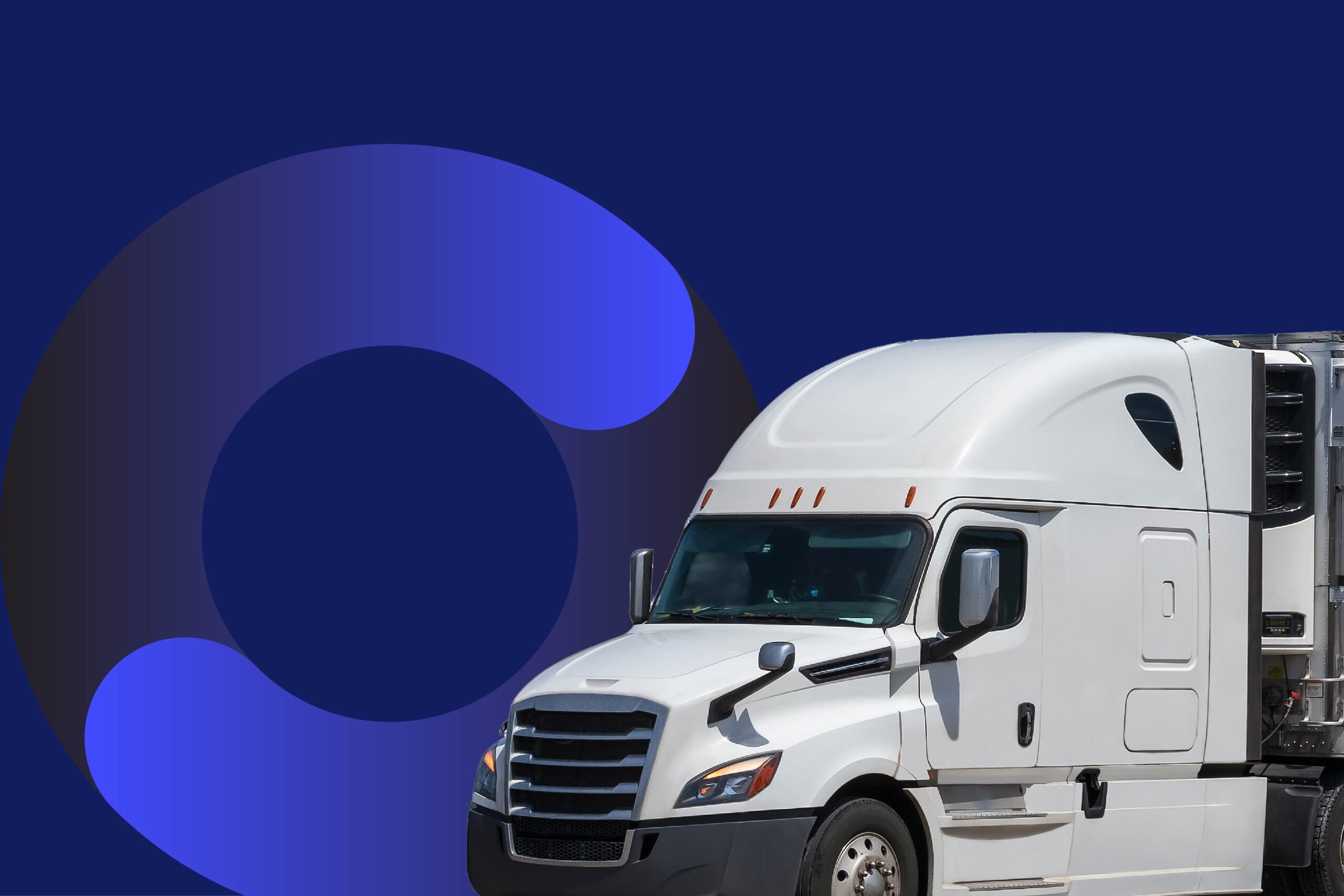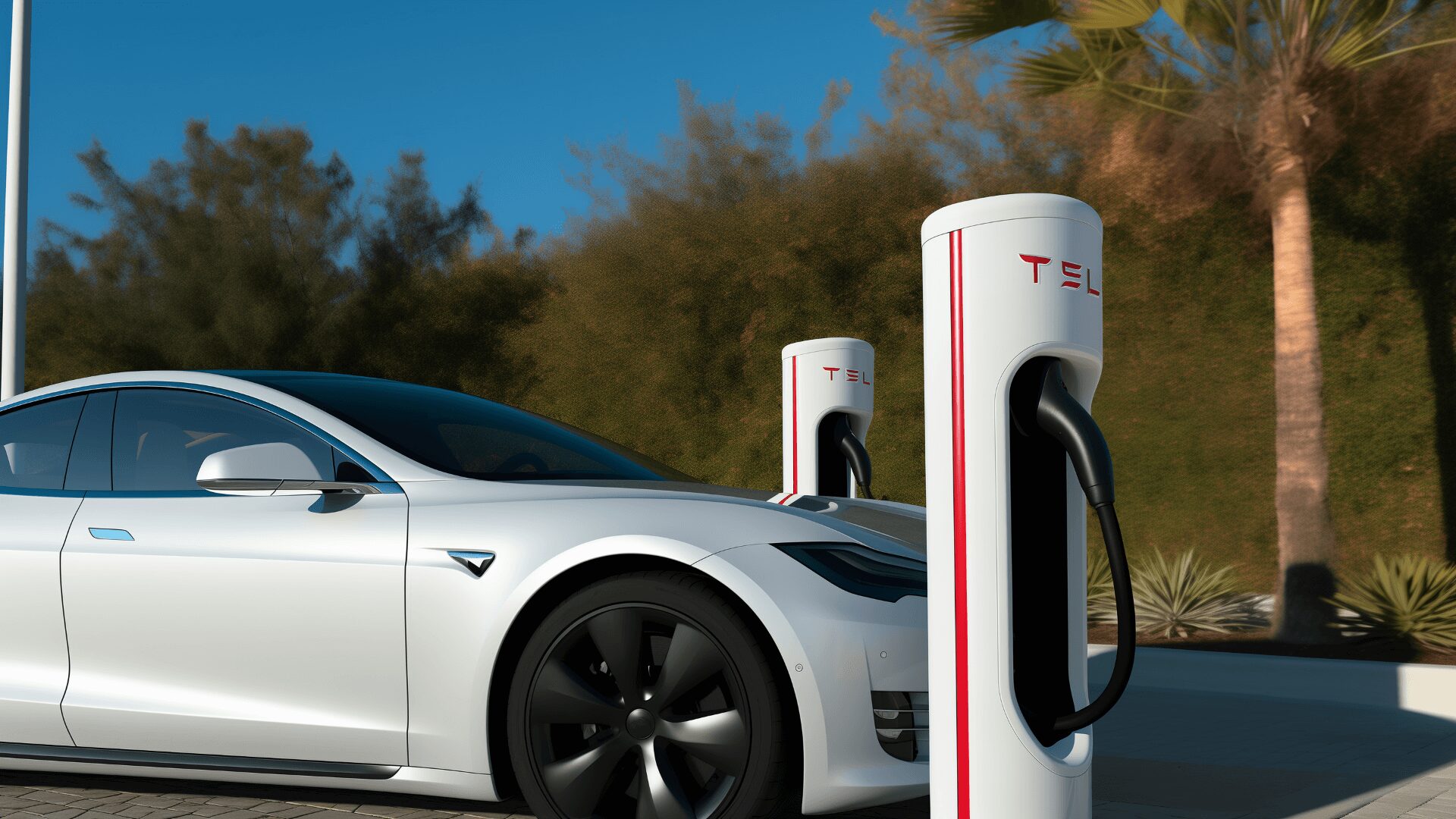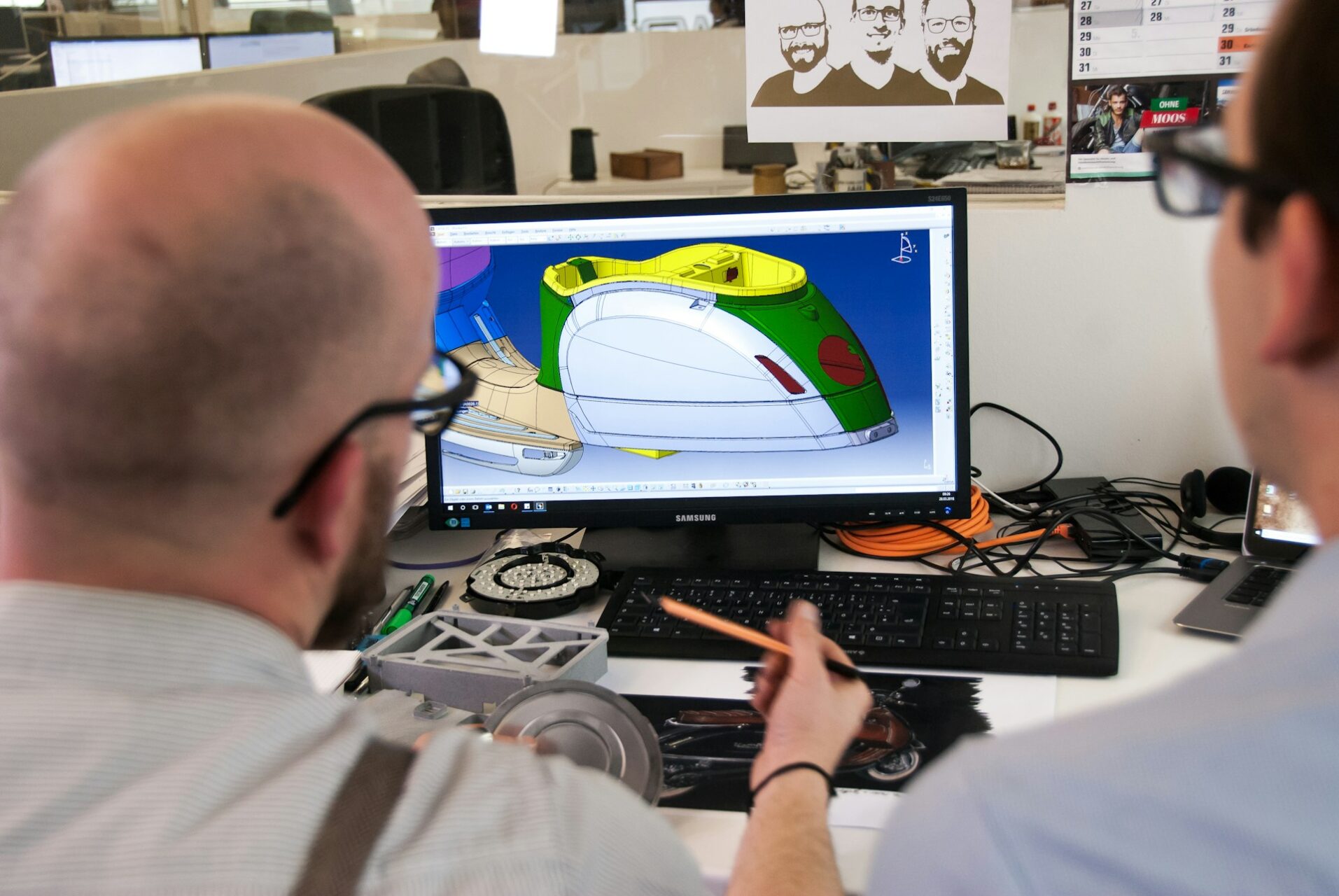
Are You Comfortable Driving by an Autonomous Tractor-Trailer?
November 23, 2016 - Emily Newton
Revolutionized is reader-supported. When you buy through links on our site, we may earn an affiliate commision. Learn more here.
While the world anxiously awaits the technology for mass-produced driverless cars, the trucking industry has made innovative strides. On October 20, 2016, the well-known beer company Anheuser-Busch made a test run with its new autonomous-drive truck. The autonomous tractor-trailer, with a human driver in the back seat for monitoring, drove 120 miles between Fort Collins, Colorado to Colorado Springs.
Companies in the trucking industry view innovative technology as a way to save money with 24-hour service, but how does the technology work? Will a driverless trucking industry put the 3.5 million professional truck drivers out of work? Will commuters be safe with autonomous tractor-trailers on America’s highways?
The Companies Behind the Technology
According to the American Trucking Association, there were 3.63 million Class 8 trucks in 2015 in the United States — trucks with a gross vehicle weight rating of more than 33,000 pounds. The industry’s revenues hit $700 billion in both 2014 and 2015 with trucks carrying 10.49 tons of freight during the last year.
With tractor-trailers collecting 81.5 percent of the country’s freight bill, companies are looking for ways to maximize profits while delivering goods efficiently. Companies such as Google have fleets of driverless cars, but these can be expensive to the average consumer. It may be a while before they become the norm in your neighborhood.
The technology used in autonomous tractor-trailers, however, costs less than purchasing a new truck. Companies like Otto, a subsidiary of Uber, and Peloton, are working hard in developing the technology.
The idea of Otto came from former employees working on the Google self-driving car project. The company is developing a kit that could be well utilized by the trucking industry to solve the growing driver shortage and get cargo to its destination faster, as drivers wouldn’t have to stop as often to rest. An accompanying driver could sleep in the backseat of the truck between destinations. Uber recently acquired Otto, and as Busch has demonstrated, they can clearly utilize the technology for the trucking industry.
Peloton Technology is launching a platoon linking system that will enable a driver in one tractor-trailer the ability to monitor four or five trucks at the same time. This will improve efficiency, reduce crashes and save on fuel. Radar sensors detect stopped or slowed traffic, so the trucks have time to adjust. With the linking technology, the tractor-trailers in the rear will react based on the lead truck’s actions — reducing accidents.
Your Safety on the Highways With Autonomous Tractor-Trailers
If looking over at an autonomous tractor-trailer while traveling on the highway scares you, just remember that the autonomous tractor-trailer will still have a professional driver on board to take over if needed while the technology continues testing. Otto and other companies will work to make sure their trucks meet all safety standards and keep other motorists safe. Otto’s truck was able to successfully travel its route — exit to exit — without any driver intervention. In a press release, Otto Co-Founder Lior Ron said, “By embracing this technology, both organizations are actively contributing to the creation of a safer and more efficient transportation network. We are excited to have reached this milestone together, and look forward to further rolling out our technology on the nation’s highways.”
The company Daimler, and its driverless trucks, known as Freightliner, plan to begin mainstream driverless trucking by 2025. The driverless truck technology is similar to the automated technology present most likely in your car now, including anti-lock brakes, GPS, laser radar and a collision warning system. This driverless technology reacts faster than humans, according to Daimler.
The risk with driverless trucks emerging onto the highways is the failure of the technology in bad weather, such as platoon-linking and navigation failures, and companies are working to overcome this obstacle before a mainstream launch. However, the successful 120-mile trip self-driving trip Otto made is an inspiration to innovative technology and safety standards.
How Professional Drivers Feel About Driverless Trucks in the Industry
Professional truck drivers know there is more to the trucking industry than “just driving the truck.” Drivers are also responsible for positioning the truck into a dock, fueling it during trips, securing cargo and confirming that the load is the correct cargo from the manifest. So it’s unlikely that the cab will remain passengerless.
Drivers worry about driverless technology ultimately reducing the number of trucking jobs, inherent bugs in the software and pirates hacking into the driverless software. And the question of liability still stands: Who is responsible for a fatal crash with an autonomous tractor-trailer?
Although the driverless technology for cars and trucks is here, it may be a few years before you see a completely driverless semi on the highway in your city as companies continue to perfect cutting-edge computer science in the transportation industry. Nonetheless, this is still an impressive piece of technology and a glimpse into the future of transportation.
All videos and photos in this post are used with permission from Otto and Aether Films.
Revolutionized is reader-supported. When you buy through links on our site, we may earn an affiliate commision. Learn more here.
Author
Emily Newton
Emily Newton is a technology and industrial journalist and the Editor in Chief of Revolutionized. She manages the sites publishing schedule, SEO optimization and content strategy. Emily enjoys writing and researching articles about how technology is changing every industry. When she isn't working, Emily enjoys playing video games or curling up with a good book.




